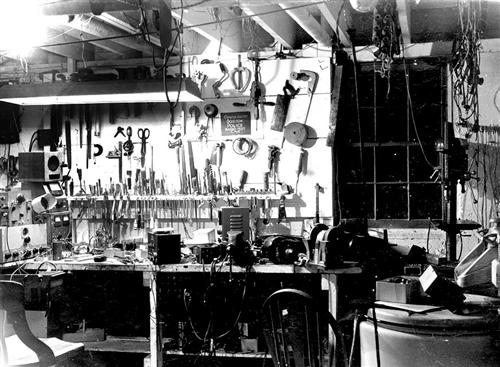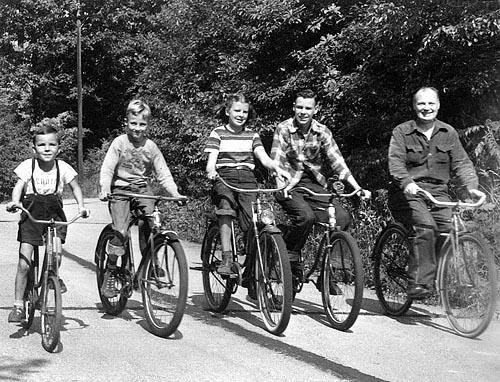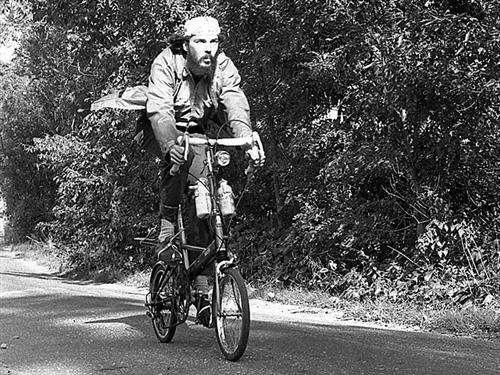Pashley Cycles pushes into US - Birmingham Post
Warwickshire-based Pashley Cycles, England's longest established cycle maker, has seen a dramatic increase in export sales to the United States as a result of a bike originally manufactured in the 1930s.
The Stratford-upon-Avon business produces hand-built bicycles using a team of 35 experienced workers who when seeking inspiration for their new model decided to look back instead of forward.
The retro-style Guv'nor, which retails for £795, has now become a big hit in the US and the region has developed into the manufacturer's fastest growing market.
The firm's push into the US has been backed by its business and tax adviser, Horwath Clark Whitehill.
Pashley managing director Adrian Williams said: "Classic cycles are becoming very fashionable in the US and our latest bike is seeing an upturn in demand because of this. Although we sell worldwide, the North American market is growing the quickest, despite the economic downturn."
The Guv'nor is based on a model Pashley first produced in the 1930s when Path Racers were popular with the sportier cyclist.
The company dusted off the original 1930s catalogues produced for the Path Racer in order that it could recapture the classic lines and dynamics of the top end bikes in that era.
"We are selling them with a single speed gear or with the option of having a three-speed Sturmey-Archer gear and every one has a traditional Brooks leather saddle, still made in Smethwick," said Mr Williams.
Pashley, in its drive for authenticity, also agreed a deal with Birmingham-based Reynolds Technology to bring back the legendary Reynolds '531' tube set used to make the frames on many successful Tour de France bicycles from around 1955 to 1975.
Horwath Clark Whitehill partner Ken Bartlett said: "Pashley and our firm share the ethos of representing the best of the old while embracing high technology at its leading edge. This push into the US is not new for Pashley, they've been selling there for many years, but the new demand for classic cycles is exciting for Pashley as they are the only manufacturer of traditional cycles left in the UK. They stuck with what they do best and it is paying off."
Ken Bartlett's original firm, TB Scattergood and Co, acted for William 'Rath' Pashley when he established the company in 1926.
Horwath Clark Whitehill now has a number of operations in the US and Pashley's is able to tap into this network during its dealings.
Since 1926, Pashley's designs have enjoyed a reputation for both style and function. It remained a family company until a management buyout in 1994 and is still privately owned.
Bicycles are built across the range to exacting standards from the exclusive classic traditional models to the new small wheeled, full suspension TSR series.
The range includes contemporary city and commuter bikes, stylish cruisers, and bicycles that hark back to the golden age of cycling in the 1920s and 1930s.
Pashley also supplies steel-framed work bikes and load carrier tricycles for industrial and commercial use, delivering post, packages, food or vital equipment, safely and economically.
The Midlands cycle industry is under-going something of a renaissance, Aston-based Clarks Cycle Systems last month won the Birmingham Post Business Award in recognition of its growing exports to China, as well as its increasing share of the UK and European market.















